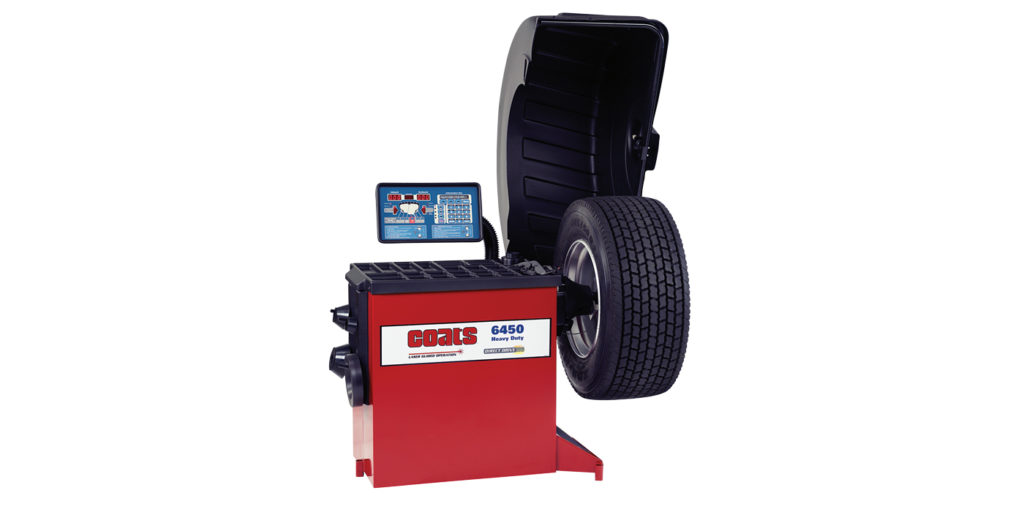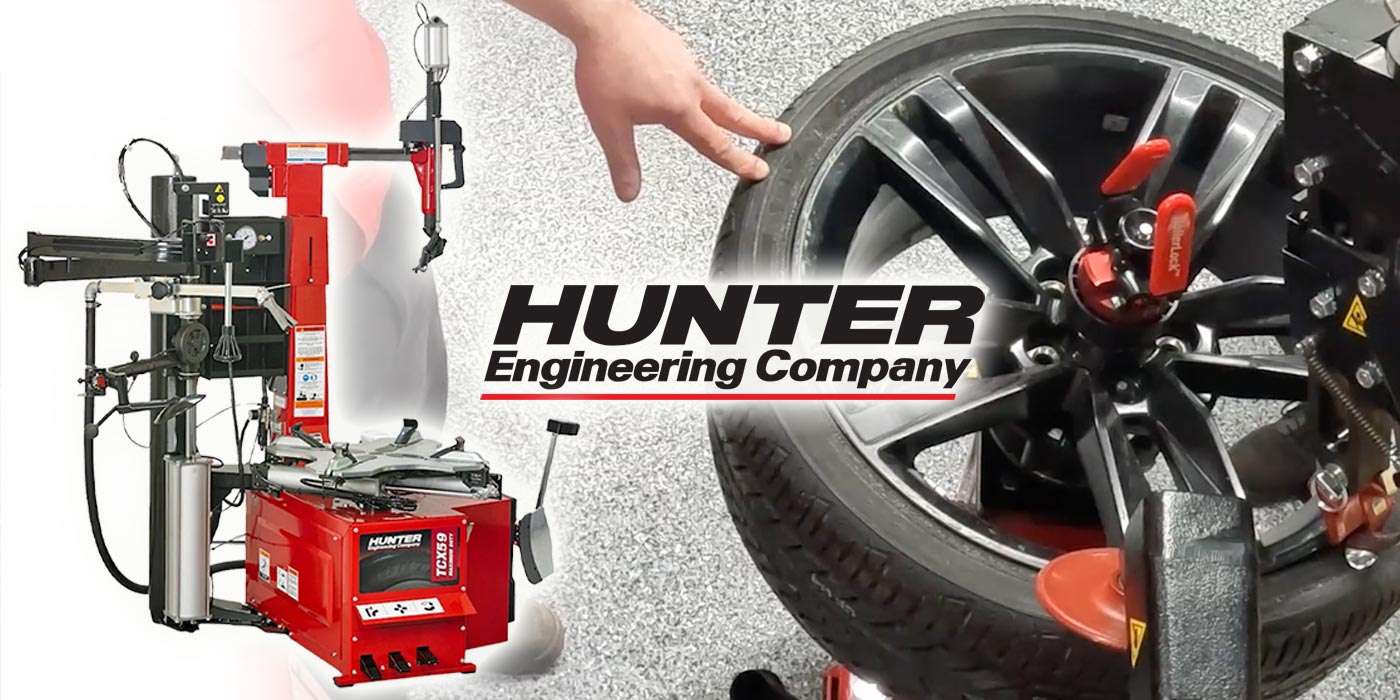Tires are the second-largest fleet operating cost next to fuel, and one of the ways fleets can lower their total cost of ownership is through proper tire balancing and maintenance.
Sure, it’s another step in the process, but it pays dividends—first, in the truck’s longevity. Balancing is mission critical for maintaining the health of suspension components and for long tire life. Commercial vehicles travel many thousands of miles per year and having an unbalanced tire can lead to premature wear on bearings, U-joints, and other drive and suspension components. In turn, this can decrease tire life by 30%.
Second, balancing aids in driver comfort. Typically, an unbalanced commercial tire manifests as a vibration transmitted throughout the frame of the truck for drive tires, or from the steering wheel for steer tires. Unbalanced tires contribute to driver fatigue. And, with the many miles drivers put in, it’s a recipe for higher fleet maintenance costs over time.
Identifying Imbalance
So, how do you recognize an imbalance so you can quickly correct it? Static imbalance happens when the heavy spot of the tire falls to the bottom, creating an up-and-down motion. As the truck’s speed increases, this movement is amplified. Dynamic imbalance is created when the tire has more weight on the inside or outside of its tread, causing a side-to-side shake that can become more pronounced as speed increases.
A word of caution: The further away a wheel position is from the driver, the less perceptive they may be to any vibration or imbalance. However, this doesn’t mean that this vibration is any less damaging to the tires, suspension and drive system of the truck.
One way to identify an imbalance on the tire’s exterior is to look for “cupping,” a pattern of waves on the tire’s tread that you can feel when you rub your hand over it. This happens as suspension components wear out and out-of-balance forces wear the tire unevenly over time. If you notice this happening, it can sometimes be reversed by performing a proper balance. Or, you may need to purchase a new tire.
Best Balancing Practices
When balancing commercial tires, first center the wheel on the shaft of the balancer. Remember, well centered equals well balanced.
Next, be sure to place the weight in the correct size and spot on the wheel as called for by the balancer. Most truck weights are hung in 0.50 oz. increments. Steel weights are always a great option to use on heavy-duty trucks. Clip-on weights are fast, durable and easy to use. Many shops are also beginning to use adhesive weights on larger trucks in 0.50 oz. increments for alloy wheels, where using clip- on weights might not be an option.
Most small fleets can pay for a balancer in less than a year through increased tire life and less maintenance costs.
When performing commercial tire maintenance, balancing the steer wheels—at a minimum—is recommended for the smoothest ride. For reduced tire and maintenance costs, balancing the drive tires is also a recommended practice.
Investing in a heavy-duty balancer with a light-truck mode will also allow shops to balance not only heavy-duty wheels and assemblies, but also wheels on medium-duty trucks and light trucks, such as last-mile delivery vehicles that could be part of a fleet, as well. This could open new revenue streams for your business and allow you to service your customer’s entire fleet. Most small fleets can pay for a balancer in less than a year through increased tire life and less maintenance costs.
Balancing as a Part of Preventive Maintenance
Tire dealers should discuss the benefits of balancing with operators and fleet managers anytime tires are replaced, or other maintenance is performed. Balancing should be done regularly—or any time a driver notices a vibration or out-of-balance issue—to reap the benefits of extended tire life and lower maintenance costs.
Remind your commercial tire customers that having a fleet of trucks and equipment that drive clean and smooth is a great way to attract and retain great drivers for the long haul. For fleet managers, having smooth-rolling tires and wheels is the best way to minimize damage and premature wear and, in turn, decrease fleet maintenance costs.
Content contributed by Coats.














